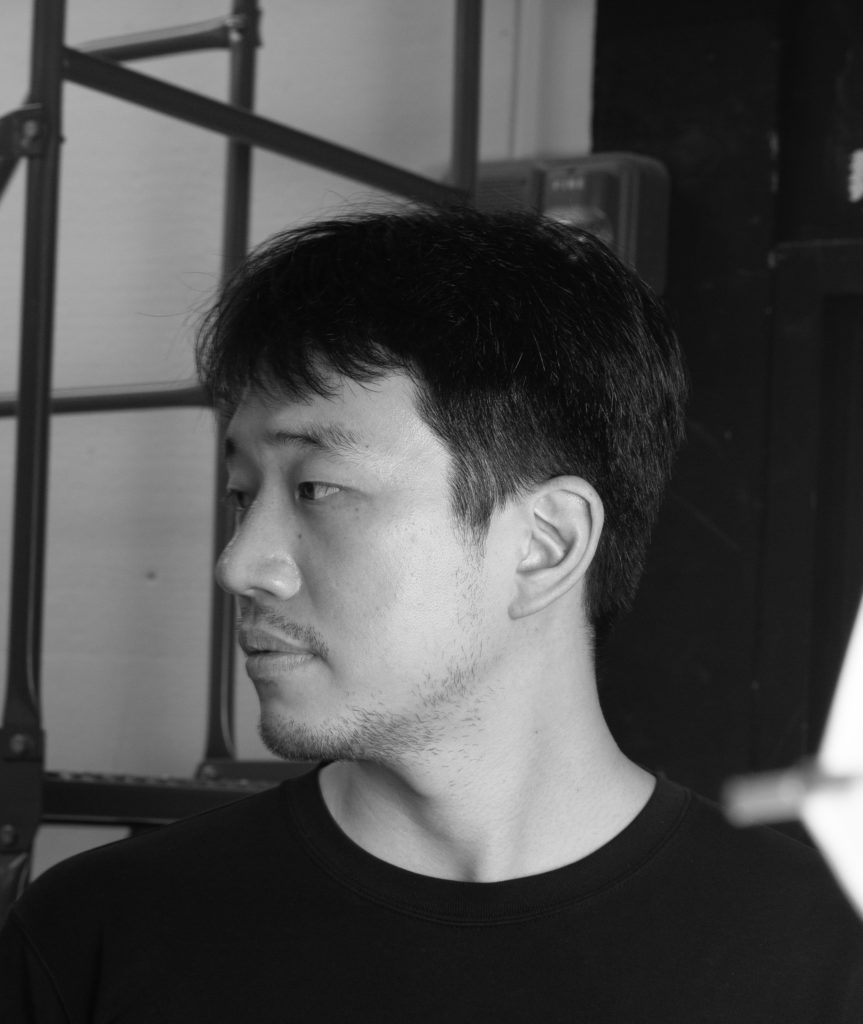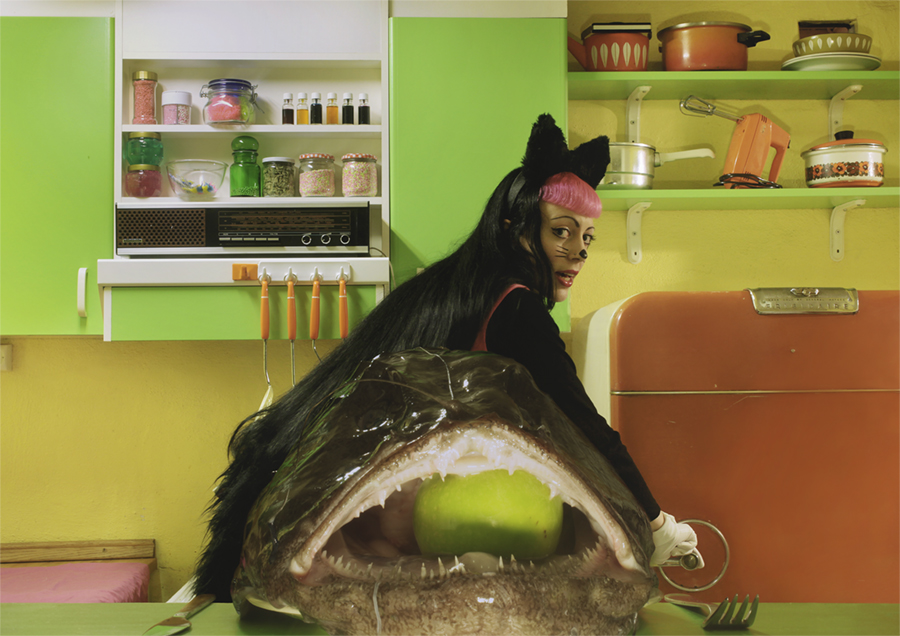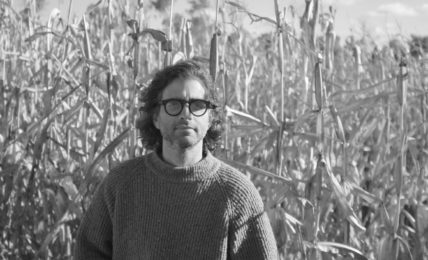Digital America interviewed Dowon Yoo in April 2023 about his pieces Gestures (2020) & Right to Left (2022).
:::
Digital America: In your piece, Gestures (2020), you portray the film “Sanggye Olympics,” the first Korean independent documentary, through a small, shaky lens. Can you talk a bit about the documentary, its importance, and how you chose the scenes shown in work?
Dowon Yoo: In “Sanggye Olympics,” director Dongwon Kim did not use the handheld as a technique. He naturally filmed with a handheld to document the scene of the deconstruction. In 1988, in order to show the world the development of Seoul, the government demolished unauthorized buildings and kicked out the residents, so it was very worthwhile to represent the scene in a new way. Because if it evokes a greater sense of realism, viewers can relate more deeply to this incident. Also, these scenes are about the demolition process that appears in the “Sanggye Olympics.” It was the most violent, and the violence was clearly contained in the movement, so I re-represented the demolition scenes.
DigA: When you discussed Right to Left (2022), you mentioned that reading from right to left is something that you were “compulsorily exposed to the Western-specialized and right-handed reading direction,” and your work “reverses the dominant formula.” Can you talk more about how you intended for both Western and non-Western viewers to experience the piece?
DY: Nowadays, Western and large numbers of non-Western people use the left-right reading direction. Each word in the article was captured separately, and listed in chronological order, and the words were shown from the back. Because the viewers read the sentence backward, both Westerners and non-Western people found it difficult to read. It was the first intention to cause illegibility through this difficulty, and in order for them to read, they had to move the movement of the timeline from right to left. Only through this unconventional, unfamiliar process can we read about the etymology of “Left.” To do this, people watching on the web have to move the timeline of the work backward, and people watching what’s exhibited on the wall have to take a picture and go back in time.
DigA: You use Adobe’s “stabilizer effect” in Gesture. What is your relationship to video effects in your work, and how do you see them used in other media? How does the overall impact of these tools, which are getting “better” all the time, change our media landscape?
DY: The stabilizer effect is a tool to erase the footage’s movement and freeze the frame. It is mainly used when people want to soften and stabilize the video, and even the iPhone has this function. I reversed this effect and rather exposed the movements of the cinematographer. However, while the space beyond the screen was fixed, it could be converted into another representation way.
“Better” tools emerge and evolve very quickly and change our media environment. These days we can easily create quite sophisticated images with a few directives, and even write sophisticated text very easily. As the emergence of tools such as photography, trains, and tube paint played an important role in the advent of Impressionism, tools can be seen as playing an important role in human history. I think this structure is consistent with the structure contained in the phenomena created by ’emerging tools’ today. Perhaps they will replace many of the existing ones, but a ‘new’ Impressionism will emerge from them as well. To sum up, I think that better tools will lead to a rich yet uniform media environment, and humans are being asked for a new perspective to use them in an unconventional way.
Based on this perspective, I conducted a class called ‘Tools Upside Down’ with Halim Lee last winter. The goal of the class is to break away from conventional tools and principles to create new functions. Through this, I tried to create a motive to discover things like ‘new’ impressionism by exploring literacy about tools and responding flexibly in a rapidly changing world where new tools continue to emerge.
DigA: You state that Traditional East Asian Painting (TEAP) influenced Right to Left. Can you talk more about this influence? Does TEAP influence other works in your portfolio as well?
DY: Many TEAP are composed of collages of text and images. Texts in TEAP have a vertical reading direction from top-right to bottom-left. However, in the digital space, many characters have a horizontal reading direction from top-left to bottom-right, and even in web browsers, the left means ‘past’ and the right means ‘future.’ This difference suggested that I had been taught a particular reading style and had used the system uncritically. With this, I began to focus on the various Western-based biased standards and criteria contained in the digital space.
In addition, at TEAP, I was very fascinated by flat spaces. Concentrating on the subject of flatness, surface, and representation for a long time, I was chasing the limits of the representation language of the lens or one-point perspective. In the still life paintings of TEAP, they rather erased the perspective or used the reverse perspective method to create a space unique to the flat world, and in the landscape paintings, they represented the space conceptually by utilizing multi-perspectives. Through a non-perspective technique, I endowed various images with their own space.
DigA: In your previous works, including FlatLand, Still Life?, and New Decorations, I got the feeling of an unfocused, shifting outlook on common objects or events. I’ve noticed this is a theme in your work. Can you talk more about experiencing these themes in your larger collection of works as a whole?
DY: To put it in a little different way, I’m talking about ‘Fidelity,’ not sharpness. It’s because what expresses the subject better is not linked to sharpness. So, rather than the object itself, I have been focusing on how the object is represented. <FlatLand> and <FairPlay> stretch and deform the image through skew, but create a space for flatness. In terms of space, these cropped and stretched images have a higher fidelity. <Still Life?> and <New Decorations> secure authorship and uniqueness through gestures. The non-mechanical elements of the body are transformed into a unique image that cannot be easily represented while making the image blurry. I also see this as high-fidelity. I convey this illegibility through humor, giving the audience a feeling of lethargy and, at the same time, making them have a critical mind.
DigA: Can you talk a bit about what you’re working on now?
DY: I reverse or reinterpret the languages of the digital realm with different features of TEAP. It’s kind of ‘Tools upside down.’ In TEAP, in order to not discriminate against things that are farther away or extraneous in terms of painting composition, the objects are not drawn smaller, but rather large and bold. I have linked this with RIPMAP, which constructs a digital 3D space, and I am working on using RIPMAP inverted. In this way, I twist and turn the Western bias in the digital that I discovered from an instrumental point of view with a TEAP as a motif.
:::
Check out Gestures & Right to Left by Dowon Yoo.
:::

Dowon Yoo explores and deconstructs Western-centric elements represented in digital space, with his primary work in the video space. Inspired by Traditional East Asian Painting and gestures, Yoo uses motion capture, 3D scanner, lens-based images, and the stabilizer effect, in order to create pieces escaping Western representations of the display of art. He is a media artist and designer taking an MFA in Digital+Media at the Rhode Island School of Design.



